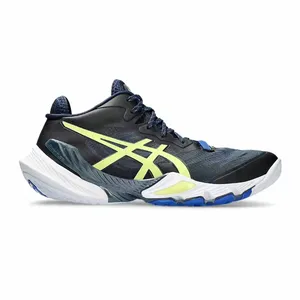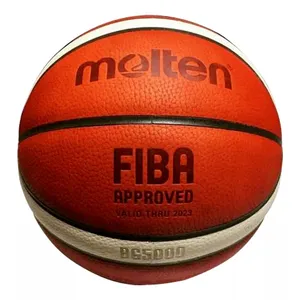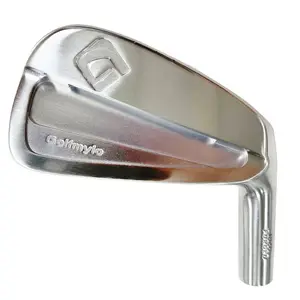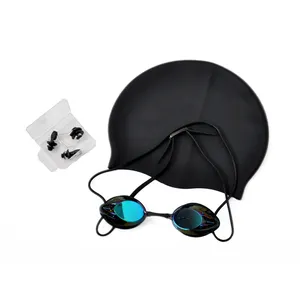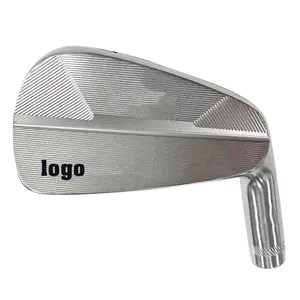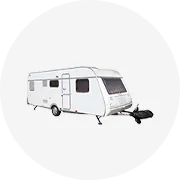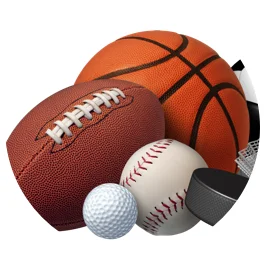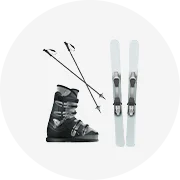Popular na sua indústria






Bucklos horquilla de bicicleta mtb, coroa de suspensão dupla de liga de alumínio com 26 ", suspensão para mtb
€ 71,91 - € 89,03
Pedido Mínimo: 2 Pacotes





Fábrica grande bom preço e acessórios scooter elétrico cnc eixo peças de máquina hidráulica china personalizado quadro de torneamento xcd
€ 0,3721 - € 1,59
Pedido Mínimo: 1 Peça



Empilhadeira pequena com bateria de lítio, empilhadeira elétrica de 1,5 ton, 2500 kg, com acessório, frete grátis
€ 1.395,32 - € 2.418,55
Pedido Mínimo: 1 Peça
Envio por peça: € 4.651,05







Certificação Ce ISO Empilhadeira elétrica de 2 toneladas novo estilo Empilhadeira elétrica de 3 M 6 M com acessório Vendas diretas da fábrica
€ 1.395,32 - € 2.418,55
Pedido Mínimo: 1 Peça
Envio por peça: € 4.651,05







Empilhadeira elétrica 2 toneladas, 3 toneladas e 3,5 toneladas com tração total, empilhadeira elétrica para fazenda, frete grátis
€ 1.534,85 - € 1.860,42
Pedido Mínimo: 1 Peça
Envio por peça: € 4.651,05





Venda quente chinesa empilhadeira pequena 1 ton 1.5 ton 2 ton mini empilhadeira elétrica de contrapeso
€ 1.674,38 - € 2.046,47
Pedido Mínimo: 1 Unidade







48v 500w garfo de suspensão, 20 polegadas, pneu gordo adulto elétrico kick bike scooter pé elétrico
Pronto para enviar
€ 585,11 - € 759,99
Pedido Mínimo: 10 Peças
Envio por peça: € 419,53

OEM ODM Pro Stunt Scooter para Freestyle ABEC-9 Bearings Garfo De Aço De Alumínio
€ 11,26 - € 12,10
Pedido Mínimo: 100 Peças






Scooter elétrico com duplo motor 10 polegadas scooter elétrico garfo de suspensão dianteira
€ 575,80 - € 584,18
Pedido Mínimo: 5 Peças





OEM ODM Adult Kick Scooter para Freestyle ABEC-9 Bearings Aluminum Fork Folding 2 wheel kick scooter
€ 26,05 - € 35,35
Pedido Mínimo: 100 Peças






Novo olhante kick scooter para adultos, chute scooter, árvore tripla, garfo, peça de kick sem scooter elétrico
€ 12,10 - € 13,03
Pedido Mínimo: 500 Peças

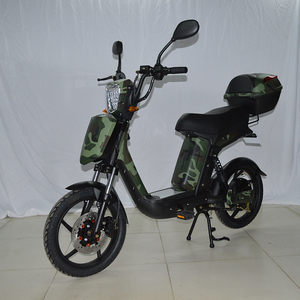
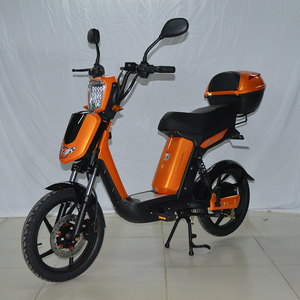



Ce en15194 aprovação 48v 250w ue, 25 km/h, kpm 16 mph, adulto, pas, pedal, atende scooter elétricas com acelerador
€ 312,09 - € 460,46
Pedido Mínimo: 1 Peça
Buscas Relacionadas:
pontapé bmx scooter garfoszhejiang stunt garfos scootergarfos scooter dublêgarfos scooter pro baratogarfos pro scootergarfos scooter hicgarfos scooter scsgarfos scooter baratogarfos scooter vermelhogarfos scooter yongkanggarfos scootergarfos scooter choquegarfo montado jibspontapé garfos scootergarfos scooter dublê





Scooter elétrico dobrável de 10 polegadas, clássico com assento
€ 139,54 - € 176,74
Pedido Mínimo: 1 Peça






Scooter infantil dobrável, profissional de alta qualidade, kick, freestestilo 360, dublê pro para adultos
€ 23,26 - € 25,12
Pedido Mínimo: 100 Peças






Forca EVOCANDO 2 rodas dobrável 1500w/2000w 48v scooter elétrico para adultos
€ 650,22 - € 696,73
Pedido Mínimo: 20 Peças






Scooter pro arco-íris, traços completos, nível de entrada de alumínio, freestestilo, chute, scooter para crianças e adultos
Pronto para enviar
€ 32,56 - € 35,35
Pedido Mínimo: 10 Peças
Envio por peça: € 28,89






2022 oem 145mm crianças chute scooter 6061 alu ajustar altura, guidão dobrável, kick scooter para crianças
€ 35,17
Pedido Mínimo: 1000 Peças






Segunda mão harley davidson mi 60v ninebot scooter elétrico pro 2 scuter scooter portátil duas rodas adulto elétrico pontapé scooter
€ 333,49 - € 342,79
Pedido Mínimo: 43 Peças
Envio por peça: € 409,52






Fácil de transportar 40V12AH bateria 16 polegadas Folding scooter pontapé elétrico com 3 rodas
€ 247,44 - € 293,95
Pedido Mínimo: 10 Conjuntos






Velocifero Novo Modelo excelente dual hub motores de alta velocidade 45 KM/H scooters elétricos poderoso adulto
€ 734,87 - € 967,42
Pedido Mínimo: 1 Caixa
Envio por peça: € 743,45






Scooter elétrico 1500w-1500, 10 polegadas, 60v, 10.4ah, absorção de choque, garfo, scooter elétrico com pedais, cidade, rua, 2 rodas
€ 409,30 - € 612,08
Pedido Mínimo: 2 Peças






Atacado 10 polegadas pontapé elétrico Scooter Folding suspensão garfo scooters elétricos poderoso adulto
€ 184,19 - € 186,05
Pedido Mínimo: 50 Peças
Envio por peça: € 431,62






Scooter elétrico 350w-500w, 10 polegadas, 48v, 10.4ah, absorção de choque, garfo, scooter elétrico, com pedais, cidade, rua, 2 rodas
€ 328,37 - € 351,62
Pedido Mínimo: 1 Peça
Envio por peça: € 745,10






Kick With 2000 W CityCoco BLDC Controlador 500 W 48 V 12AH Scooter Elétrico
€ 213,95 - € 241,86
Pedido Mínimo: 50 Peças

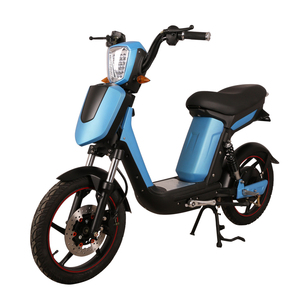

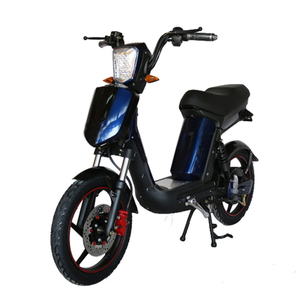


48v 250w 350w 450w unidade motor do cubo traseiro 12Ah-20Ah chumbo ácido bateria de lítio pedal auxiliar pneu gordura adulto scooter elétrico
€ 321,39 - € 460,46
Pedido Mínimo: 1 Peça






Aprovado Pela CE de Freestyle Personalizado PU Duas Rodas de Alumínio Pontapé Dublê de Scooter Para Crianças e Adultos
€ 18,14 - € 20,47
Pedido Mínimo: 600 Peças






Kick scooter elétrico bicicleta dobrável mobilidade scooter e com sistema de partilha
€ 501,39 - € 743,24
Pedido Mínimo: 10 Peças





Scooter elétrico dobrável de 10 polegadas, 48v 400w motor 35 km/h
€ 167,44 - € 186,05
Pedido Mínimo: 1 Peça






Scooter pro arco-íris, traços completos, nível de entrada de alumínio, freestestilo, chute, scooter para crianças e adultos
Pronto para enviar
€ 32,56 - € 35,35
Pedido Mínimo: 10 Peças
Envio por peça: € 28,88






Scooter elétrico de alta velocidade 2000w, motor duplo popular para bicicleta sem kick
€ 650,22 - € 696,73
Pedido Mínimo: 2 Unidades






Alemanha França importação Bangladesh harley x9 scooter impermeável alta velocidade de duas rodas ciclomotor elétrico pontapé scooters preço da China
€ 502,32 - € 553,48
Pedido Mínimo: 2 Peças
Envio por peça: € 200,19






CE RoHs Adulto 16 polegadas Frente motor 500W Elétrica triciclo dobrável 3 rodas Pendulares scooter
€ 247,44 - € 293,95
Pedido Mínimo: 10 Conjuntos






2023 Velocifero Novo Modelo promoção quente dual hub 1000W motor 20Ah bateria de lítio scooter elétrico pontapé
€ 641,85 - € 874,40
Pedido Mínimo: 2 Caixas






Patinete 2022mm para crianças, 145 de alta qualidade, kickscooter com suporte dianteiro, pé de suspensão, patinete de freio
€ 35,17 - € 36,10
Pedido Mínimo: 500 Peças





Estilo clássico para adulto, scooter elétrico dobrável de 10 polegadas com choque e visor digital de controle remoto
€ 130,23 - € 167,44
Pedido Mínimo: 3 Peças






Lohas scooter elétrico personalizado, garfo de suspensão ecológico novo design poderoso
€ 547,90 - € 678,13
Pedido Mínimo: 1 Peça






Cubo traseiro de motor 12ah-20ah, preço barato 48v 350w, bateria de lítio de chumbo ácido, pedal adulto, assistente scooter elétrico
€ 321,39 - € 460,46
Pedido Mínimo: 2 Peças






Off-road 11 polegadas Fat pneu 2800W Twin motor super poder stunt stand up scooter elétrico 85 km/h
€ 780,45 - € 836,26
Pedido Mínimo: 2 Conjuntos






18 polegadas alibaba skuter 60v 30ah bateria de lítio de dubai 15-50 mph off road 500w 800w pontapé scooter elétrico de neve peças de reposição
€ 333,49 - € 435,81
Pedido Mínimo: 43 Peças
Envio por peça: € 409,52




MAXMOV 1000w 48v Chumbo-ácido Atacado Barato Dobrável Placa Scooter Elétrica Adultos Certificado CEE Unisex 1000w Hub Motor
€ 409,30 - € 427,90
Pedido Mínimo: 20 Unidades
Principais categorias
Sobre zhejiang pontapé garfos scooter
Encontre muitos zhejiang pontapé garfos scooter. em Alibaba.com e escolha um bem feito para fornecer mobilidade extra a quem não consegue andar normalmente. Mantenha um em casa para um membro da família idoso ou ferido ou encontre um modelo que possa funcionar em um hospital. Usar zhejiang pontapé garfos scooter. como uma alternativa mais rápida e eficiente para uma cadeira de rodas manual tradicional. Os designs unissex permitem que qualquer adulto use esses veículos úteis.
Todos zhejiang pontapé garfos scooter. são alimentados por bateria e podem ser recarregados para permitir o uso contínuo. A maioria é autopropelida e pode se mover por conta própria com pouco esforço do usuário além da direção. Os motociclistas podem desfrutar de um máximo confortável, mais rápido do que uma cadeira de rodas, sem ir muito rápido. Certos designs são dobráveis, tornando uma tarefa simples embalá-los e armazená-los. Cada um é robusto e pode facilmente suportar o peso da maioria das pessoas.
Compre zhejiang pontapé garfos scooter. em Alibaba.com e obtenha uma ampla gama de opções para ajudar a encontrar o perfeito. Escolha a cor ideal para dar um toque pessoal ao veículo. Navegue por várias opções de potência e escolha uma que não demore muito para recarregar ou que não exija muita energia. As peças de qualidade garantem que cada scooter terá uma excelente vida útil.
Com zhejiang pontapé garfos scooter. de Alibaba.com, torna-se fácil obter um método de viagem barato para pessoas com deficiência física. Compre um para uso pessoal em casa ou para ajuda profissional para pacientes. Desfrute de um modelo que tenha uma boa aparência e proporcione um nível ideal de desempenho.
Todos zhejiang pontapé garfos scooter. são alimentados por bateria e podem ser recarregados para permitir o uso contínuo. A maioria é autopropelida e pode se mover por conta própria com pouco esforço do usuário além da direção. Os motociclistas podem desfrutar de um máximo confortável, mais rápido do que uma cadeira de rodas, sem ir muito rápido. Certos designs são dobráveis, tornando uma tarefa simples embalá-los e armazená-los. Cada um é robusto e pode facilmente suportar o peso da maioria das pessoas.
Compre zhejiang pontapé garfos scooter. em Alibaba.com e obtenha uma ampla gama de opções para ajudar a encontrar o perfeito. Escolha a cor ideal para dar um toque pessoal ao veículo. Navegue por várias opções de potência e escolha uma que não demore muito para recarregar ou que não exija muita energia. As peças de qualidade garantem que cada scooter terá uma excelente vida útil.
Com zhejiang pontapé garfos scooter. de Alibaba.com, torna-se fácil obter um método de viagem barato para pessoas com deficiência física. Compre um para uso pessoal em casa ou para ajuda profissional para pacientes. Desfrute de um modelo que tenha uma boa aparência e proporcione um nível ideal de desempenho.
